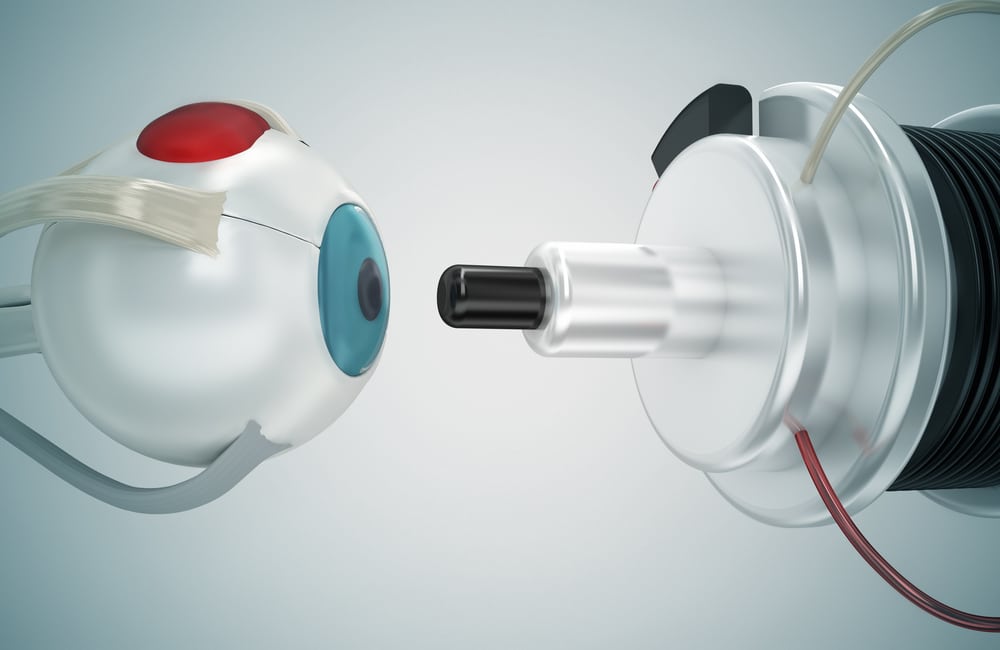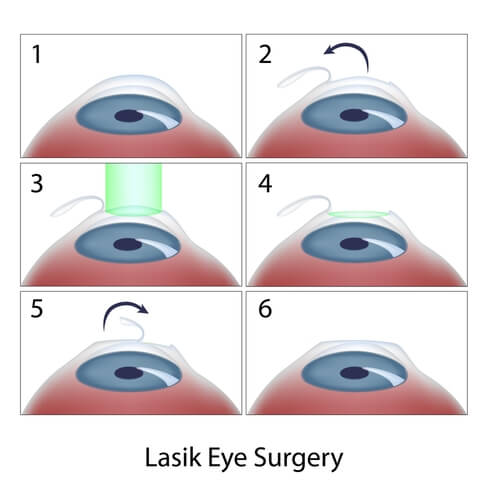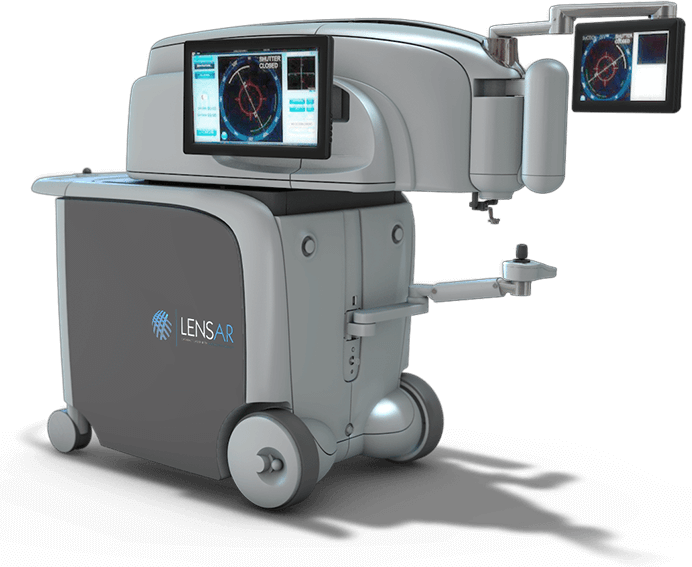Cataracts,Featured,Laser Assisted Surgery,LASIK,Refractive Lens Exchange,Uncategorized,Vision Correction

Do you love the idea of clearer vision without glasses or contact lenses to see? You can thank laser vision correction procedures, which have existed for quite some time.
The first laser vision correction procedure took place over 30 years ago. Medical science has made quite a few advances in that time.
Vision correction procedures today are much more advanced than they used to be. LASIK surgeons are still coming up with new techniques and technology.
One advancement in vision correction surgery, particularly LASIK surgery, which is relatively new, is using a femtosecond laser instead of a blade. Before the reasonably recent advancements that associate LASIK with lasers, LASIK was once performed using blades.
But with the femtosecond laser, it is— and it’s safer, more effective, and has a shorter recovery time. How? Keep reading to learn more about femtosecond lasers and the advantages of performing LASIK using femtosecond lasers during vision correction!
What is a Femtosecond Laser?

A femtosecond laser is a tool that can precisely cut and reshape the cornea during an eye procedure like LASIK. What makes it different from other lasers used for surgery is that it emits light exceptionally quickly.
Because it emits light so quickly, it allows the light to separate tissue on a molecular level. It can be exact, only affecting a minimal, targeted area without disturbing surrounding tissue.
In addition to being highly precise, a femtosecond laser can break apart tissue in the eye without penetrating the eye’s surface. It only breaks apart tissue where the laser is aimed, even if it’s under the cornea’s surface, which is the transparent front part of the eye.
This is why the laser is most beneficial when it’s used during procedures like LASIK.
LASIK

LASIK is primarily performed with a laser called an excimer laser. This laser removes tissue from the cornea, reshaping the eye to correct a refractive error.
But before using the excimer laser, the inside of the cornea must be accessed, as using it directly on the eye’s surface would be damaging. For LASIK, a flap is created from the top of the cornea and lifted to access the inside.
After creating the flap, it’s replaced, acting as a bandage after the procedure while the eye heals. During traditional LASIK procedures, this would be when a LASIK surgeon would use a small, bladed instrument to slice the top of the cornea to make a flap.
However, using a femtosecond laser replaces the need for this instrument to create the flap instead. Using the femtosecond laser instead of a bladed instrument has several advantages for patients.
Femtosecond Laser Advantages
Using a femtosecond laser for LASIK to create the flap in the cornea is far preferable to using a blade. For one thing, a blade relies entirely on the skill and precision of the surgeon.
Even with the best LASIK surgeon, there’s always a degree of human error. Patients want to avoid putting their eyes in the hands of someone who could fail due to human error, no matter how talented or skilled they may be.
However, the femtosecond laser, like the excimer laser used for most of the vision correction procedure, is pre-programmed by a computer. Pre-programming the laser allows the flap to be in a much more precise manner. It also allows your LASIK surgeon to make a much thinner flap.
A thinner, more precisely created flap in the cornea minimizes pressure on the eye to make it more comfortable. It also reduces any potential damage to the inside of the eye.
While the risk of complication for LASIK is already low, using a femtosecond laser reduces risk even further, which helps give much-needed peace of mind to LASIK patients considering the procedure. Recovery from LASIK is also faster and more comfortable when a femtosecond laser is used to make the corneal flap.
The risk of flap displacement is also minimized with a thinner flap. With all these advantages, it’s no wonder many LASIK surgeons use a femtosecond laser for an entirely bladeless procedure! But, there are uses for femtosecond lasers beyond LASIK procedures as well.
Femtosecond Lasers and Cataract Surgery

In addition to using femtosecond lasers for LASIK, they are also used for other eye procedures like cataract surgery. Cataract surgery is a procedure that removes the natural lens of the eye, which also eliminates the cataract that’s formed on it.
The natural lens is then replaced with an intraocular lens or IOL. In many ways, cataract surgery is a vision correction procedure. It not only restores your ability to see clearly, which is lost when you have a cataract, but it can also correct presbyopia and refractive errors, leaving you with better vision than you may have had before cataracts.
Traditional cataract surgery uses a bladed instrument to make incisions into the eye and lens capsule. However, there is no blade used during laser-assisted cataract surgery.
Instead, it uses a pre-programmed femtosecond laser to make these incisions. Like with LASIK, using a femtosecond laser means more precise incisions, fewer complication risks, and an easier recovery.
If you choose a premium lens package for your cataract surgery, it will cost extra out-of-pocket. But it includes laser cataract surgery and a premium IOL that can give you better vision than a standard IOL. Many patients find this is well worth the extra cost, especially if you have an active lifestyle and want to reduce your dependence on visual aids after cataract surgery.
Ready to improve your vision? Learn more about the vision correction options offered at Sweeney Eye Associates in Richardson, TX, today by scheduling an appointment! Haven’t you waited long enough for better vision?





